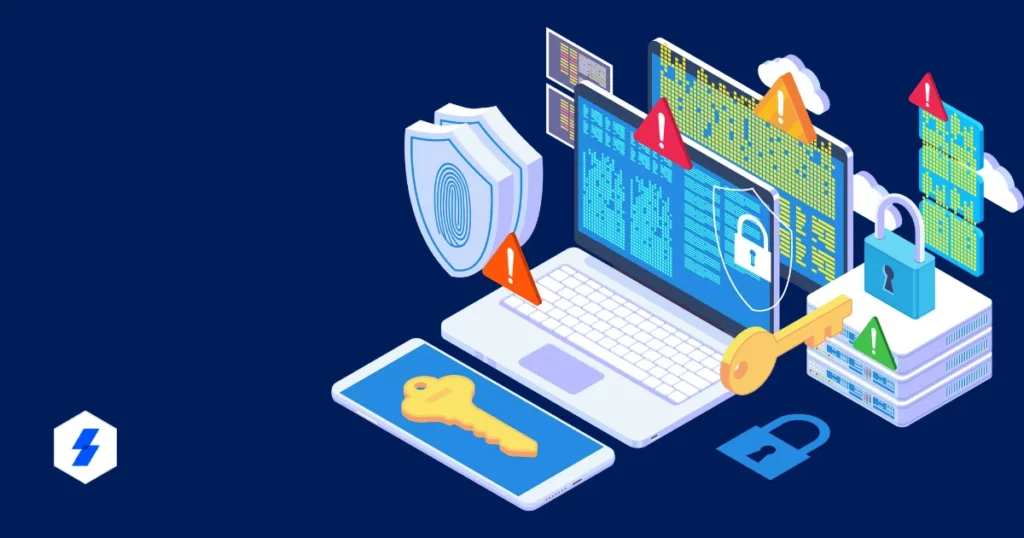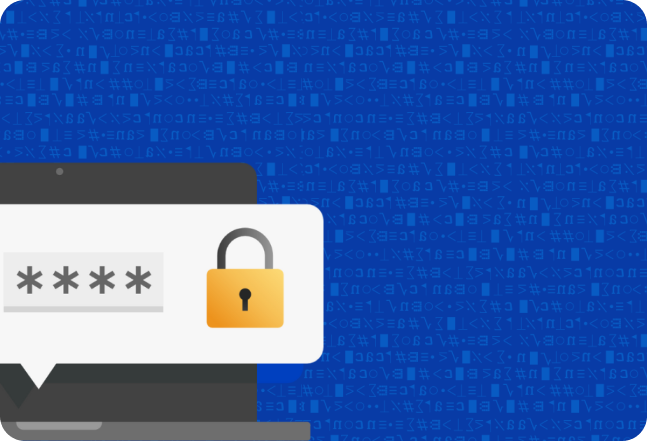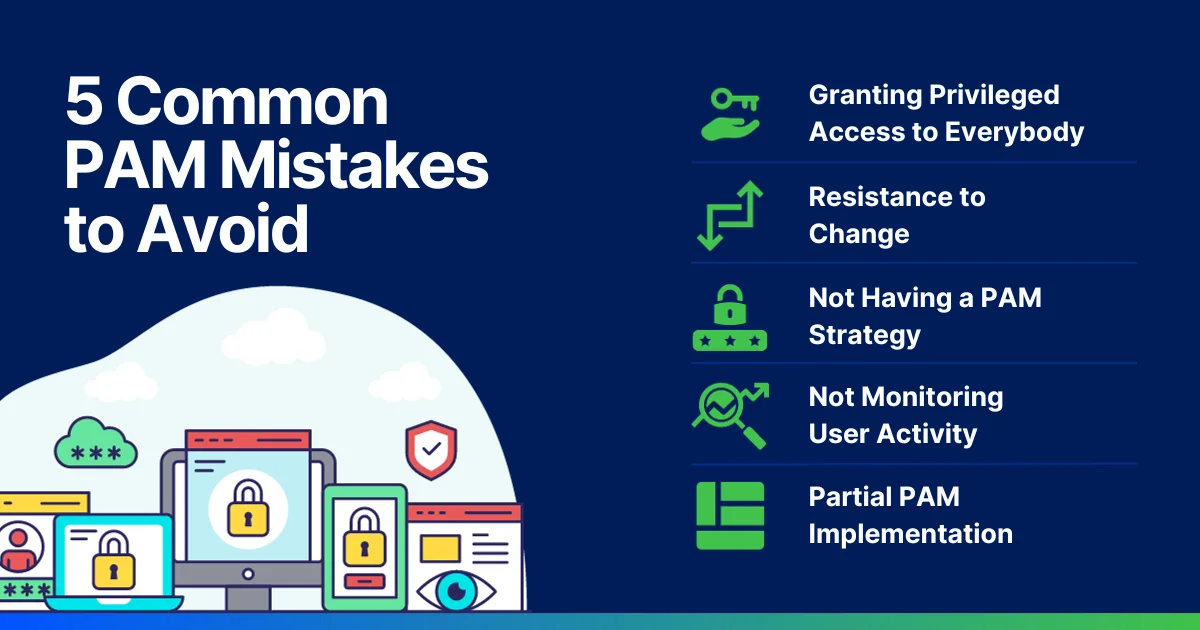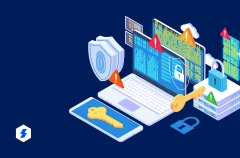Privileged Access Management for Finance and Banking
All-Round Privileged Access Security is Achievable When You Avoid These 5 Common PAM Mistakes

Password Management in Network Security:
What is it? Why is it Crucial?

Privileged accounts are not just a type of enterprise user access. They are an integral component of businesses. Employees, vendors, system-related identities and sometimes customers possess access to a company’s privileged accounts.
An enterprise’s IT network will have numerous privileged accounts that can run applications or retrieve business-critical data. No doubt, these accounts are a primary target for cyber-attacks. The threat vector can be an external phishing attack or a shocking move by a disgruntled employee. So, it is imperative to always secure these value-carrying user accounts.
The challenge of privileged account security comes from the gaps created during their creation and management. For example, a company’s IT department provides privileged access for an employee during a break glass situation and never revokes it. Or everyone in a company is a super admin!
“So, what can be done?”
“Avoid these 5 pitfalls as you create and manage privileged user accounts”.

Granting Privileged Access to Everybody:
More often than not, businesses provide privileged access to users without a clear understanding of their roles and responsibilities. A standard may need access to service accounts, for example.
Excessive privileges are a gap in the enterprise security posture. Adopt a Role-Based Access Control (RBAC). It provides user access based on employee roles and minimises data exposure risk.
Resistance to Change:
As threat actors get sophisticated, cyber security evolves to fight back evolving cyber-attacks. However, resistance to adopting new security measures and implementing legacy practices can be a significant obstacle. This can include reluctance to enforce password policies or using legacy manual practices to manage privileged users.
Overcoming this resistance requires effective communication and training programs to help employees and stakeholders understand the importance of these security measures in safeguarding privileged accounts.
Not Having a PAM Strategy:
A well-defined PAM strategy is necessary to protect an organisation from unauthorised access. A comprehensive PAM strategy includes regular audits, robust authentication mechanisms, and implementing least privilege principles.
Not Monitoring User Activity:
What if there are unnatural spikes in user activity, and you have not had a look? This may not be a major security incident, but it should need scrutiny.
Here’s a way to uphold access security.
Continuous user activity monitoring detects and responds to suspicious behaviour. Privileged session monitoring tools help organisations gain visibility into user activities, allowing them to identify and mitigate potential security threats in real time.
Partial PAM Implementation:
Implementing only partial aspects of Privileged Access Management (PAM) can be a drawback.
A comprehensive approach to access security with PAM implies implementing all its aspects without fail and evolving with it. This includes having proper access controls, session monitoring, and regular audits. Partial implementation might give a false sense of security, leaving the organisation vulnerable to various threats.
For more information and advice about Privileged Access Management (PAM), please read our guide, PAM Implementation Guide – How to Go About it? You can also contact us here for other access security related queries.
Recent Posts
GET SUPPORT


- © 2024 Sectona Technologies Private Limited. All rights reserved. All trademarks held by their respective owners.
- © 2023 Sectona Technologies Private Limited. All rights reserved. All trademarks held by their respective owners.
- Privacy Policy
- Terms
- Eula
- Responsible Disclosure
GET SUPPORT


- © 2023 Sectona Technologies Private Limited. All rights reserved. All trademarks held by their respective owners.
- Privacy Policy
- Terms
- Eula
- Responsible Disclosure






